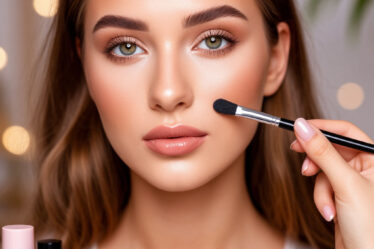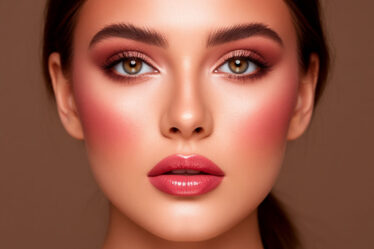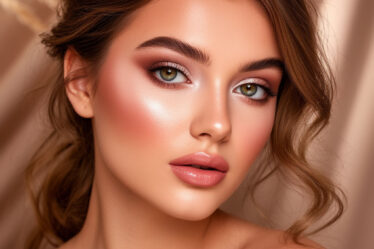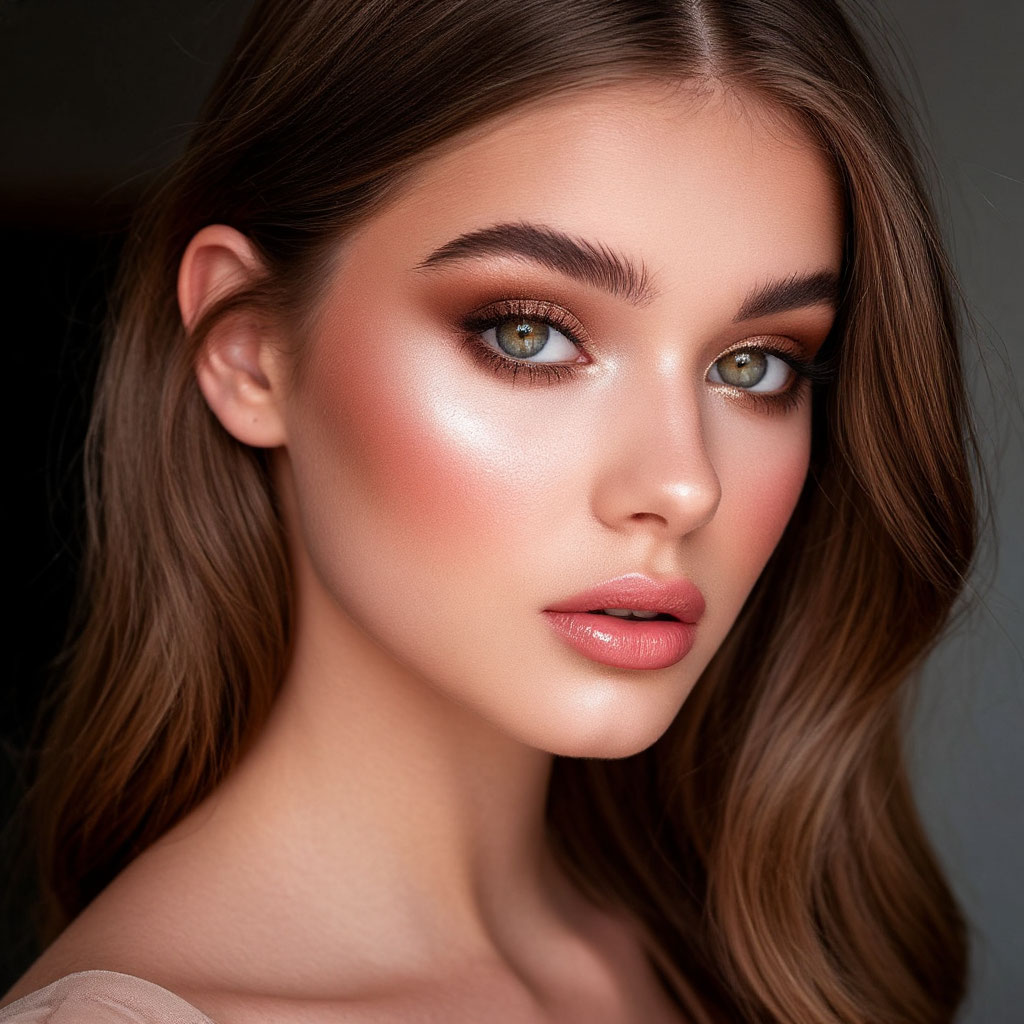
High-quality makeup starts with the perfect base, but many people still confuse foundation and primer. Although both products help to create an even tone and prolong the durability of makeup, they perform different functions. The foundation masks imperfections and evens out the complexion, while the foundation prepares the skin, improves texture and helps makeup last longer.
How do you know if you need foundation or primer? Can I use them together? How to choose the right shade and texture for your skin type?
Primer preps; foundation perfects. We prepared a Beauty Club mini-brochure that shows when to use which, how to match formulas to avoid pilling, and the simplest layering flow. You’ll find a PDF download at the end of this article to save and print.
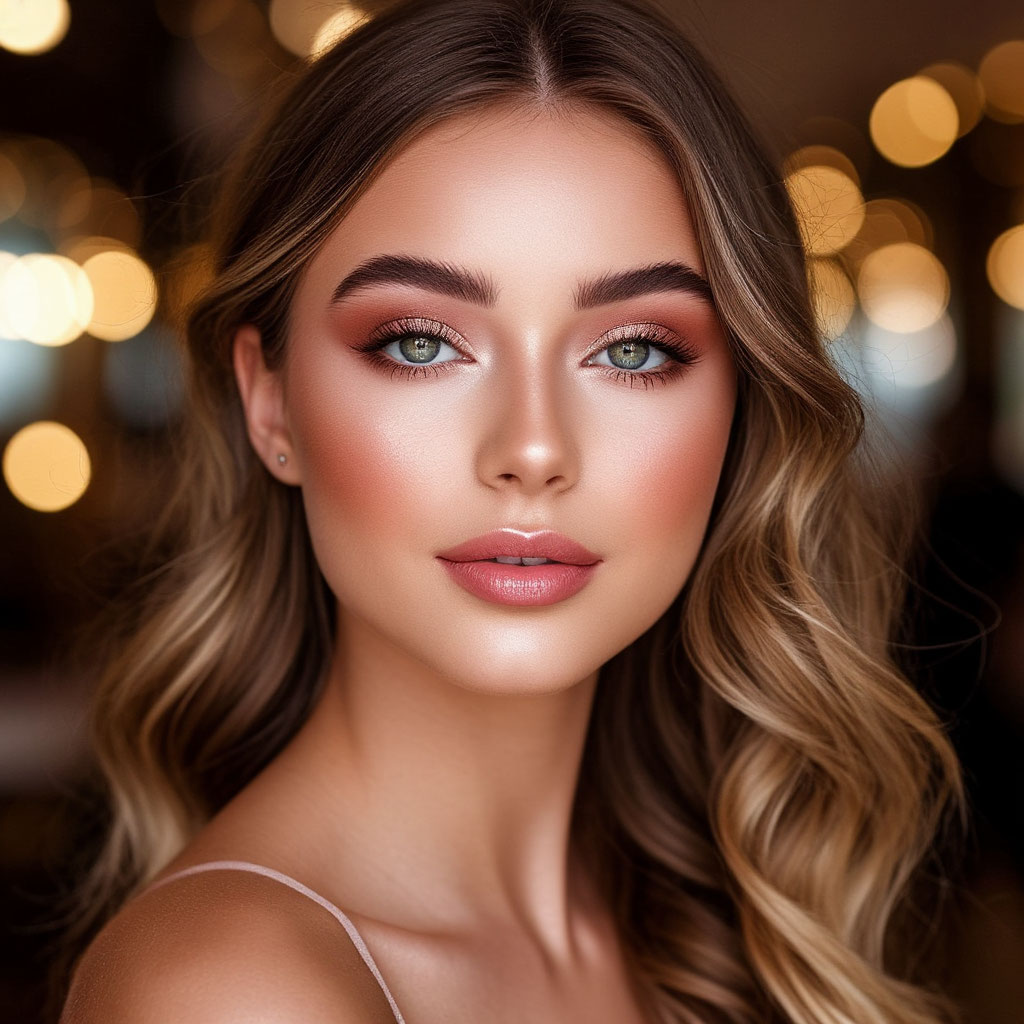
What is tone and foundation: we understand the basic concepts
When it comes to makeup, the first thing that comes to mind is foundation or primer. These two products often cause confusion, although they perform completely different functions. What are the differences between them and how to use them correctly?
Foundation is a color coating designed to even out the skin tone. Its main task is to mask imperfections:
- redness,
- dark circles,
- age spots.
Modern formulas often contain components of skin care cosmetics, such as hyaluronic acid or vitamin complexes.
Makeup base (primer) performs a fundamentally different role. This is the preparatory stage that creates the perfect surface for applying cosmetics. A high-quality base regulates the coating density of subsequent products, prolongs their durability and improves their appearance.
Coating density: a key selection parameter
When selecting products, take into account the density of the coating. The foundation gives a visible color effect, while the primer works on the skin texture. For example, with a greasy gloss, a mattifying primer is applied first, followed by a light foundation. For dry skin, choose a moisturizing base with a creamy texture.
Skincare or makeup effect?
Many modern products blur the boundaries between skin cosmetics and makeup. Foundation creams with SPF protection or antioxidants not only mask imperfections, but also improve skin condition. Similarly, a good base may contain ceramides or plant extracts for a complex effect.
Makeup artist’s tips: a professional approach
Experienced masters emphasize that the choice between foundation or primer depends on the situation. For quick everyday makeup, a foundation is enough. But if you need a perfect evening look, you should use both products consistently.
The differences between these tools become apparent with regular use. Foundation is the top coat, while foundation is the foundation for perfect makeup.
When deciding what to choose – foundation or primer – focus on your needs. For an instant equalization of tone, a foundation is suitable. If durability and flawless texture are important, start with a primer.
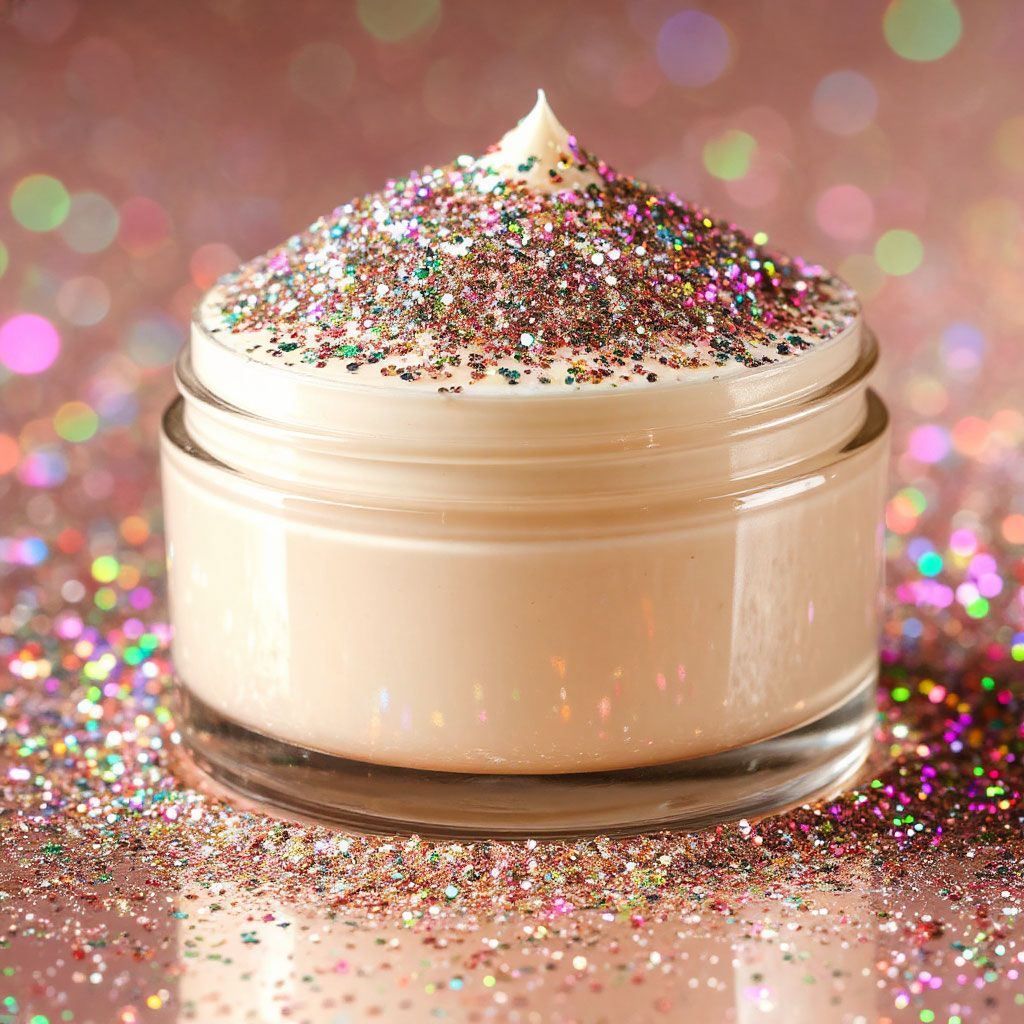
In which cases what is better: choose between foundation and primer
When deciding whether to use foundation or primer – it is important to understand in which situations each product reaches its maximum potential. These tools are not interchangeable, but complement each other, but sometimes you can do with one of them.
When foundation is irreplaceable
Foundation becomes the best choice when you need to quickly even out the complexion. For morning makeup before work or in situations where time is running out, it is the foundation that will cope with the task of instant transformation. Modern formulas with a “second skin” effect provide natural coverage without masking.
If the skin does not have serious problems, and only a light correction is required, liquid or cream textures with a light to medium coating density will be the ideal solution. They do not overload the face, allowing the skin to breathe, and due to the components of care cosmetics, they additionally moisturize or mattify.
Foundation for makeup: situations of mandatory use
Primer comes to the fore when flawless makeup durability is important. You can’t do without it:
- before an important event;
- in hot weather;
- before meeting your friends.
It creates an invisible barrier that prevents cosmetics from rolling off and greasy shine.
The differences between simply applying foundation and using a primer + foundation combo are especially noticeable towards the end of the day. In the first case, the makeup may start to “float”, in the second – it will remain fresh for many hours. For problem skin with enlarged pores or peeling, the primer will be a real salvation, visually smoothing the relief.
Combined use: a professional approach
The makeup artist’s advice is unanimous: for complex cases and evening makeup, you should use both products. First, apply a foundation that solves specific problems:
- mattifies the T-zone;
- moisturizes dry areas;
- adds radiance.
Then a foundation is used, selected according to the type of skin and the desired effect.
This approach takes into account the coverage density of each layer: the base works on the texture, and the tone on color correction. Try not to overload the skin by choosing light formulas and blending products with a thin layer.
Express care or a full-fledged ritual?
Choosing between foundation or primer often comes down to a matter of time. Minimalists who prefer naturalness, just one foundation with caring properties is enough. Those who strive for perfect makeup should include both stages in the ritual.
Interestingly, many funds today blur the boundaries between categories. There are foundation creams with a primer in the composition and foundations with a slight toning effect. But the classic differences between the products remain: one evens out the tone, the other prepares the skin.
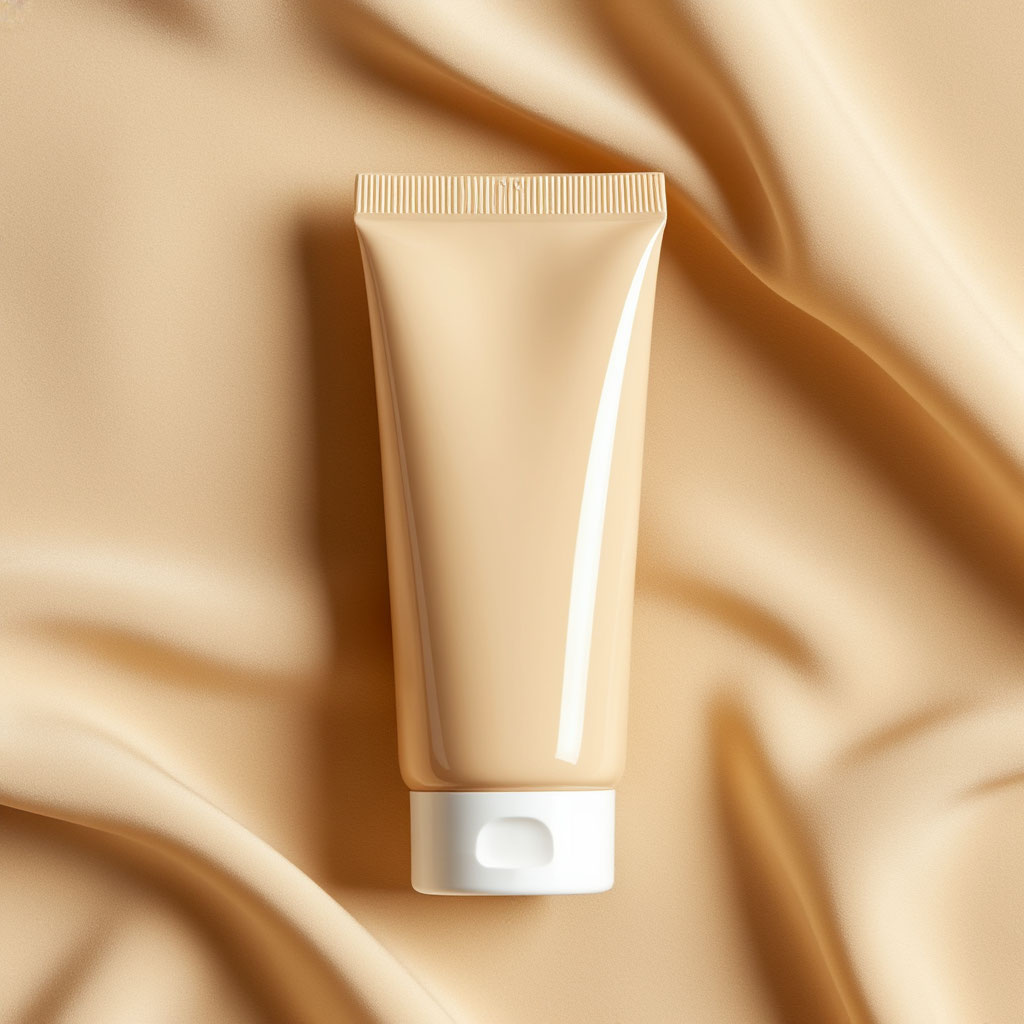
For oily and dry skin: how to choose the perfect base
The skin dictates the rules of the game in makeup, and the main question — foundation or primer is decided based on its type. What textures and formulas work best for different needs?
A lifeline for oily skin
Owners of a brilliant T-zone need special solutions. A foundation with a mattifying effect and a light texture will be a must-have in your makeup bag. It is better to choose formulas marked “oil-free” and containing salicylic acid — they not only mask flaws, but also regulate the work of the sebaceous glands.
The foundation for this type of skin should do a double job: flatten the relief and control the shine. Silicone primers perfectly fill the pores, creating a smooth surface. Makeup artist’s advice says: apply the foundation point-by-point, only on problem areas, so as not to overload the skin.
Resuscitation for dry skin
Peeling and tightness require a fundamentally different approach. The foundation should contain hyaluronic acid, glycerin or oils in the composition. Creamy and liquid textures with a radiant effect help to avoid the “mask” on the face.
The base for the dry type performs the function of intensive hydration. It is better to choose products marked “nourishing” or “moisturizing”. Care cosmetics in the primer (ceramides, squalane-based ingredients) create a protective barrier, preventing moisture loss during the day.
Combined approach: zonal application
Mixed skin type is the most capricious. Differences in the needs of different areas of the face require a special strategy:
- On the T-zone (forehead, nose, chin) – mattifying base.
- On dry areas (cheeks, eye area) — a moisturizing primer.
- A medium-density foundation is applied over the top, combining different areas in a harmonious image.
Seasonal adjustments
Summer and winter care require different solutions. In the heat, you should focus on mattifying properties, in winter-on nutritious ones. Foundation or primer should be adapted to changes in the skin at different times of the year.
Makeup artist’s advice: even the best products need to be adapted to individual characteristics.

How to choose a Shade: The Science of Perfect Matching
Choosing the perfect shade becomes a real challenge when it comes to foundation or primer. An incorrectly chosen tone can ruin even the most professional makeup, creating an unnatural mask effect. Let’s find out how to avoid common mistakes and achieve a perfect match.
Professional makeup artist’s advice is unanimous: it is necessary to test the shade along the jawline under natural light. This area of the face most accurately reflects the true skin color, without the pinkish or yellowish undertones characteristic of other areas. Apply several variations of foundation in parallel strips and wait until they adapt to the skin temperature — this will take about five minutes.
Defining a subtone
This is the next critical step:
- Pinkish (cold) undertones require creams with a bluish tint.
- Golden (warm) undertones are perfectly combined with peach pigments.
- Olive (neutral) colors allow experiments with yellowish shades.
These differences are especially important when choosing a premium foundation or primer.
Coating density
It directly affects the requirements for color accuracy. Light toning liquids allow an error of half a tone, while dense matting formulas require an absolute match. Products with the ‘second skin’ effect should completely blend in with the complexion, especially in the area of hair growth.
- The modern cosmetics industry offers innovative solutions for the selection of shades:
Spectrometers in premium boutiques analyze skin color with scientific precision. - Mobile apps with augmented reality technology allow you to virtually try on different options.
Special attention should be paid to adaptive formulas that adapt to individual skin characteristics.
When choosing between foundation or primer, remember: the most advanced technologies will not replace testing in vivo. Artificial lighting of stores often distorts color reproduction, so the final decision should be made in daylight.
Drawing errors: how to avoid failures in basic makeup
Any high-quality products can lead to disastrous results if used improperly. Let’s analyze the typical mistakes that are made when working with foundation or primer, and how to correct them using professional methods.
Common Mistake: Unprepared Skin
Applying makeup to an untrained face is the main reason for uneven tone and rapid rolling. Makeup artist’s advice is unanimous: 10-15 minutes before makeup, you should use a moisturizer that matches your skin type. Special attention should be paid to areas with peeling — without proper care, the foundation will emphasize all the roughness of the texture.
Fatal error in the application technique
Many people make the fatal mistake of stretching the product across their face with their fingers. This leads to uneven coating and clogged pores. The correct approach involves:
- Apply pointwise to the central areas of the face.
- Spread with a thick brush or wet sponge.
- Use dabbing motions instead of rubbing.
Texture Incompatibility
Using a silicone base with a water-based foundation creates a “disaster” effect — the products roll down, emphasizing the pores. Differences in the compositions require careful study: the water base is combined with water tones, silicone-with dense creamy textures.
Product Overload
An excessive amount of foundation or primer is a sure way to achieve the mask effect. Professionals recommend starting with a minimal amount, adding the product only to problem areas. For daily makeup, a pea-sized amount is enough.
Ignoring the transition zone
A sharp border along the jawline reveals the artificial origin of the tone. The density of the coating should gradually decrease towards the neck, creating a natural gradient. This is especially important when using products with high opacity.
Neglect of fixing
The final stage is often underestimated, although it is it that provides durability. Light blotting with a clear powder or spray fixative extends the life of makeup for 4-5 hours. For dry skin, thermal water in a spray is preferable.
Foundation and foundation are not competitors, but allies in creating flawless makeup. Their difference in function makes each product indispensable in certain situations.
For those who prefer minimalism in everyday life, a high-quality foundation with caring properties is enough. When perfect resilience is required or an important event is coming up, you can’t do without a professional foundation. The makeup artist’s advice confirms that it is the combination of these products that gives the longest and most flawless result.
Match your base to your skin goal: target with primer only where needed and keep your foundation thin and flexible.
Download the brochure (PDF): Beauty Club — Primer vs Foundation

